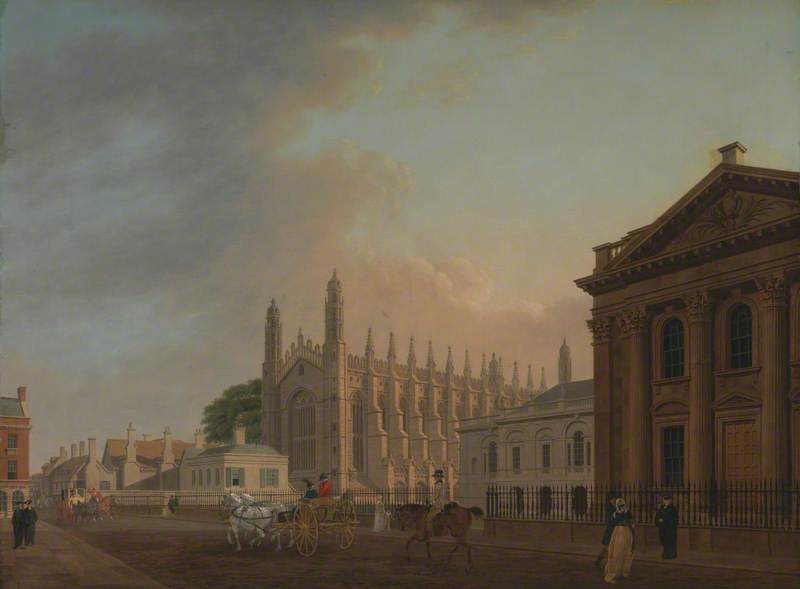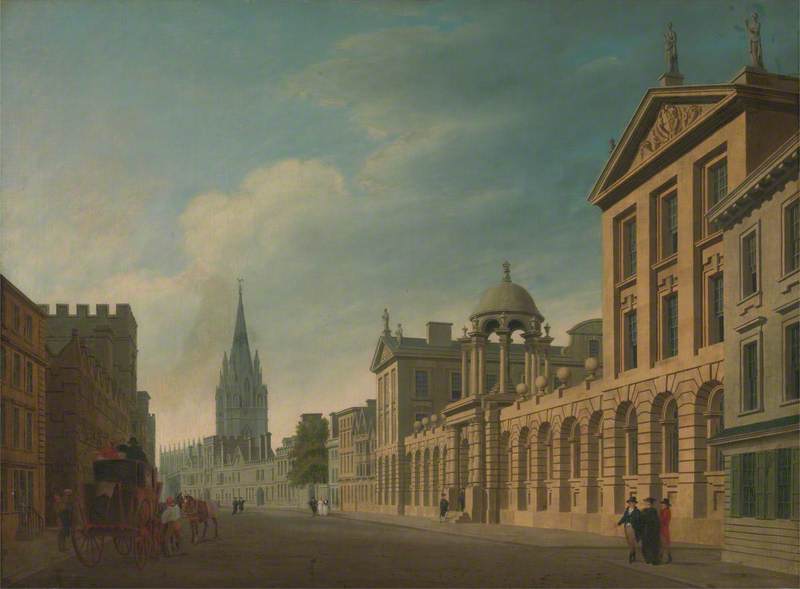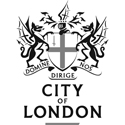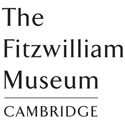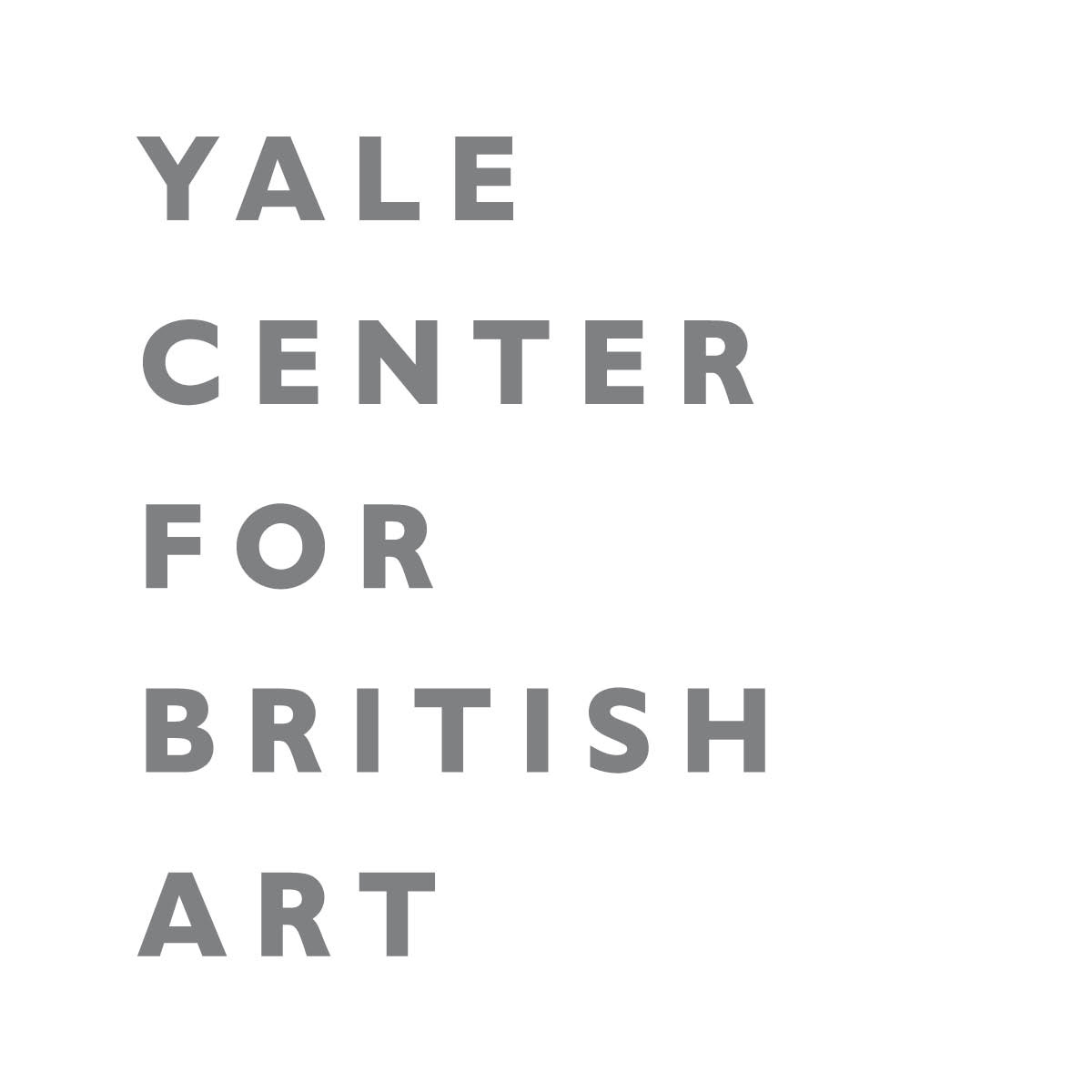Thomas Malton the younger [also known as Thomas Malton, Junr. and Tom Malton] was born in 1751 [1], probably in London, England and was the son of Thomas Malton, the elder (1726-1801), an architectural draughtsman and writer on perspective, who is credited with writing the first commercially-produced pop-up book, A Compleat Treatise on Perspective in Theory and Practice, on the Principles of Dr. Brook Taylor (1775). From 1773 Thomas Malton the younger studied architecture at the Royal Academy Schools in London and was awarded the RA Silver Medal in 1774 and the RA Gold Medal for a theatre design in 1782. He appears not to have practised as an architect but to have worked primarily as an architectural draughtsman and topographical artist, his best known work being A Picturesque Tour through the Cities of London and Westminster (1792-1801), which contains 100 aquatint plates.
He exhibited virtually every year at the Royal Academy in London from 1773 to 1803. The work exhibited consisted mainly of topographical scenes, however it also includes designs for a bath, a prison, a banqueting hall, a theatre, and for a theatre curtain for the Theatre Royal in Drury Lane, London.
His address was given as 3 Poland Street, London from 1774 to 1774 to 1796 and, from 1779 until his death, at 103 Long Acre, Covent Garden. The Westminster rate books also give an address in Conduit Street between 1783 and 1789 and at Great Titchfield Street from 1791 to 1796.
Between the 1770s and 1790s Malton gave classes in drawing and perspective. Among his pupils were Thomas Girtin and J. M. W. Turner.
Thomas Malton the younger died at his home in Long Acre, London on 7 March 1804. His brother, James Malton (1766?-1803), was also an architectural draughtsman and was an authority on perspective.
_____
[1] The Dictionary of National Biography online gives his year of birth as 1751/52. Other sources give the year as 1748 and 1752.
Text source: Art History Research net (AHR net)
Text source: Art History Research net (AHR net)
